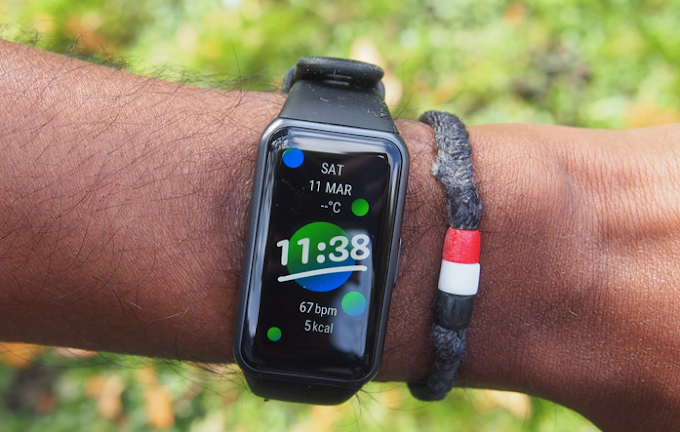Cycling is a popular and effective form of exercise for weight loss and overall fitness. Here are some key points to consider regarding weight loss through cycling:
Calorie Expenditure: Cycling, whether on a stationary bike or outdoors, is a cardiovascular exercise that can help you burn a significant number of calories. The number of calories burned depends on factors like your weight, the intensity of your cycling, and the duration of your rides. Longer and more intense rides typically burn more calories.
Consistency: Consistency is crucial for weight loss. Regular cycling can help create a calorie deficit, which is necessary for shedding excess pounds. Combine cycling with a healthy diet to achieve the best results.
Intensity: High-intensity cycling, such as interval training or hill climbs, can be particularly effective for burning calories and improving fitness. However, it's essential to start at an appropriate intensity for your fitness level and gradually increase the intensity as your fitness improves.
Duration: Longer rides can contribute to greater calorie burn. Consider gradually increasing the duration of your rides as you build endurance. Aim for at least 150 minutes of moderate-intensity aerobic activity, like cycling, per week, as recommended by health guidelines.
Diet: While cycling can help create a calorie deficit, it's important to pay attention to your diet. Weight loss is significantly influenced by what you eat. A balanced, calorie-controlled diet that includes a variety of nutrient-dense foods is essential for achieving and maintaining weight loss.
Muscle Building: Cycling can help build leg muscles. Muscle burns more calories at rest than fat does, so increasing your muscle mass can boost your metabolism.
Hydration and Nutrition During Rides: On longer rides, it's important to stay hydrated and refuel with appropriate nutrition, such as energy gels, bars, or natural sources like fruit and nuts. Proper hydration and nutrition can help you maintain energy levels and avoid overeating after your ride.
Track Progress: Consider keeping a record of your rides, including distance, duration, and intensity. This can help you monitor your progress and set achievable goals.
Consult a Professional: If you're new to cycling or have specific health concerns, consult with a healthcare professional or a certified fitness trainer to create a safe and effective exercise plan tailored to your needs.
Remember that weight loss is a gradual process, and it's essential to set realistic goals and be patient with yourself. Cycling can be a fun and sustainable way to improve your fitness and work towards your weight loss goals while enjoying the outdoors.
You May Find here some Cycling Machine for home
And Check Here for Cycles to use outdoor


.png)



0 Comments